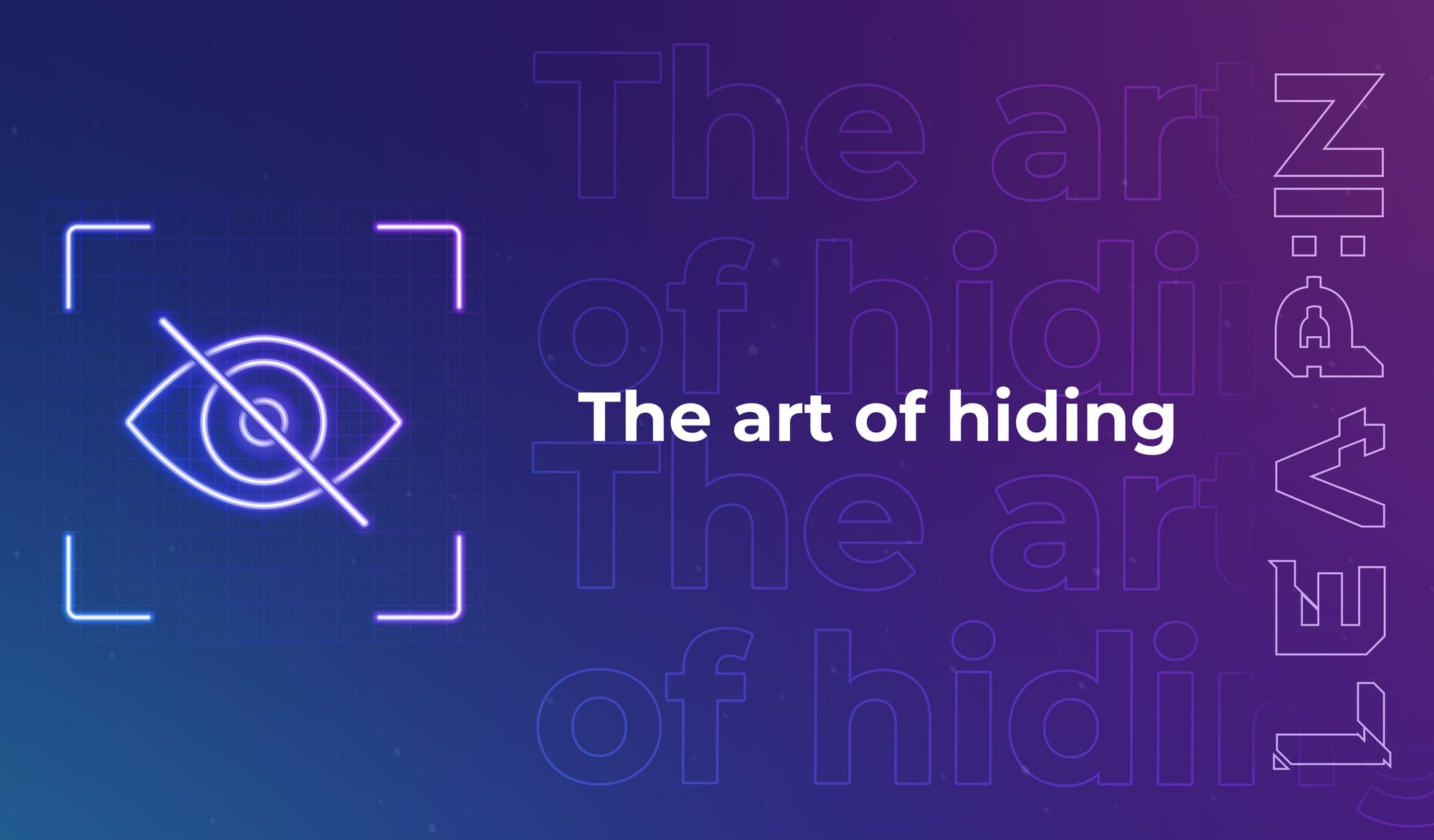
Build like a Space Architect
5 principles from LEAP’s space speakers that can help us make better tech on


Welcome to the 26 new techies who have joined us this week.
If you haven’t already, subscribe and join our community in receiving weekly tech insights, updates, and interviews with industry experts straight to your inbox.
Weekly inspiration and ideas from the global LEAP community – shift your perspective and embrace innovation.
What Assaf said:
“The most valuable advice I can offer is this: strive to be someone people genuinely want to work with.”
These words are from an interview with the team at Black Hat MEA, and Assaf was speaking about leadership in cybersecurity.
But we think it’s also about presence; about what we choose to reveal to others, and what we hold back. We’re taking Assaf’s words out of context here (we should be clear that he wasn’t talking about hiding at all) – and using this as a starting point to jump into a world of psychology and history and mystery.
Jump in with us?
Humans have always hidden things. Ancient cave paintings were tucked deep in darkness, only visible in firelight. Letters were written in invisible ink. Songs carried secret messages, disguised in their lyrics.
As well as a way to stay safe, hiding gave those secrets more meaning. A concealed painting or a coded message had more weight precisely because it wasn’t visible to everyone.
The act of hiding was a way to respect and protect the most precious information.
Today, cybersecurity is our new way of hiding. Encryption, masking, multi-factor authentication, and obfuscation are all techniques to keep data safe from exposure. And at its core, we feel the same ancient instinct – to protect the things that matter most.
The stakes are high when our digital hiding places don’t hold.
According to IBM’s Cost of a Data Breach report (with Ponemon), the global average cost of a data breach is USD $4.44 million. And for small businesses, PurpleSec reports that the cost typically ranges from $120,000 to $1.24 million. For a startup working with limited funding, that can end the journey.
Using secondary reporting on that IBM research, a recent article in Dataconomy noted that startups face average breach costs of $3.56 million, with 72% of those breaches tied to misconfigured or unsecured environments. What we think is hidden may not be hidden well enough – and attackers are quick to notice.
And the issue often begins in the code itself. ITPro reported that 74% of companies admitted insecure coding practices caused at least one breach in the past year. Vulnerabilities slip into the shadows when speed is prioritised over care, and they stay invisible until someone exploits them.
For innovators, hiding isn’t only about defence. We think it can also be creative. Every secret sparks curiosity. And not every idea should be revealed the moment it’s born – some need time in the quiet to strengthen before they’re ready for public scrutiny.
Assaf’s leadership advice reminds us that what we choose to show (our character, our openness, our willingness to collaborate) matters as much as what we keep behind the curtain. Trust comes not only from transparency, but from the wisdom of knowing what to protect carefully and what to share openly.
At LEAP, we celebrate the innovations that have been revealed to the world. And at Black Hat MEA, our colleagues study what’s concealed. For innovation to continue, we need both – so tech development and cybersecurity are inextricable from one another.
We’re living in a world of constant exposure. And the things we hide are always going to be a part of the story of progress.
Have an idea for a topic you'd like us to cover? We're eager to hear it. Drop us a message and share your thoughts.
Catch you next week,
The LEAP Team

5 principles from LEAP’s space speakers that can help us make better tech on


Four investors, four insights, and one evolving view of what tech investing really

5 principles from LEAP’s space speakers that can help us make better tech on


Four investors, four insights, and one evolving view of what tech investing really